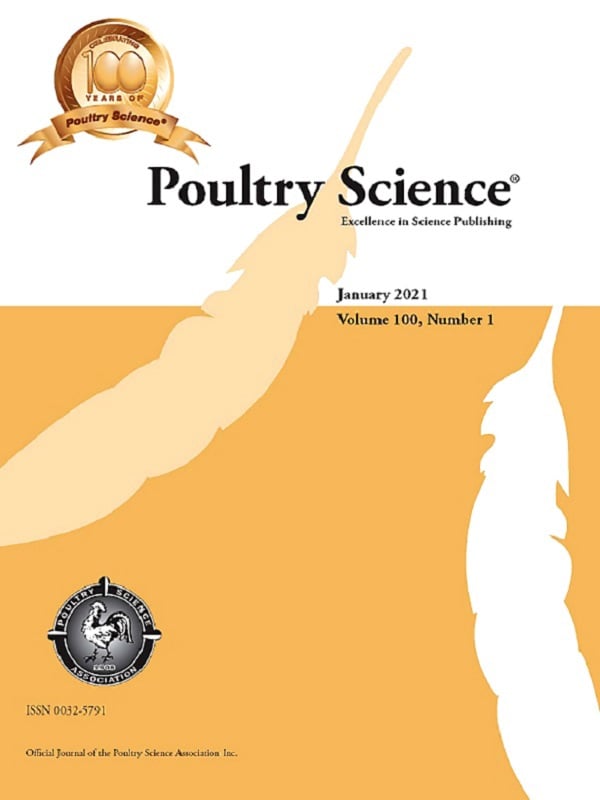
Effect of L-glutamic acid N,N-diacetic acid on the availability of dietary zinc in broiler chickens
- Poultry
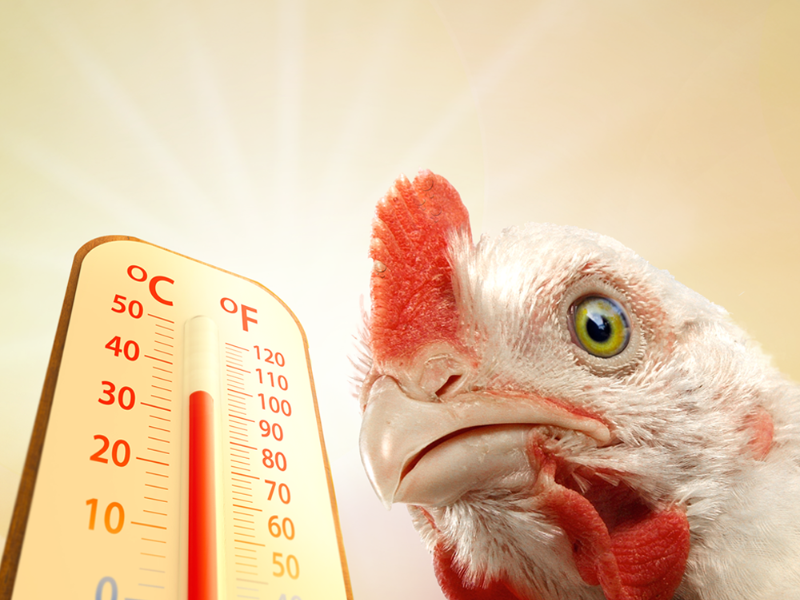
Isı stresi, kanatlı hayvanlar sabit vücut ısısını koruma kapasitelerini aşan yüksek sıcaklıklara ve neme maruz kaldıklarında ortaya çıkar. Bu durum çeşitli sağlık sorunlarına ve üretim kayıplarına yol açabilir. Kanatlı hayvanların terleme kapasitesi olmadığından, bu koşullara karşı duyarlılıkları daha yaygındır.
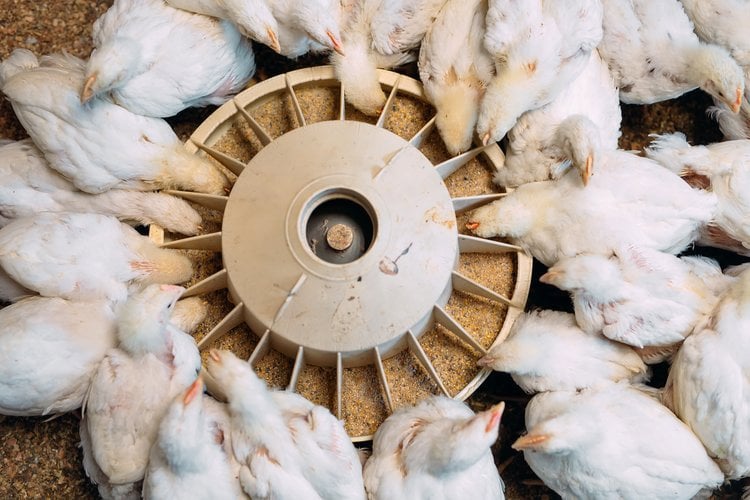
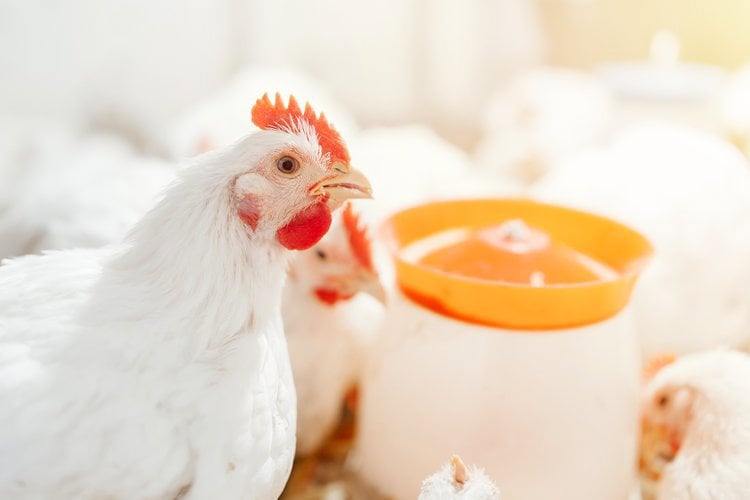
Etlik piliçler için en önemli besin sudur. Yemin besin kalitesi, güvenliği ve formülü, sağlıklı ve düzenli yem alımının sağlanmasında çok önemli bir rol oynar. Etlik piliçler yedikleri yemin iki katı fazla su tükettiğinden, suyun mikrobiyal ve kimyasal kalitesi önemlidir. Su, termoregülasyonda ve ilaç, takviye vb. gibi katkı maddelerinin uygulamasında taşıyıcı olarak kilit bir faktördür.
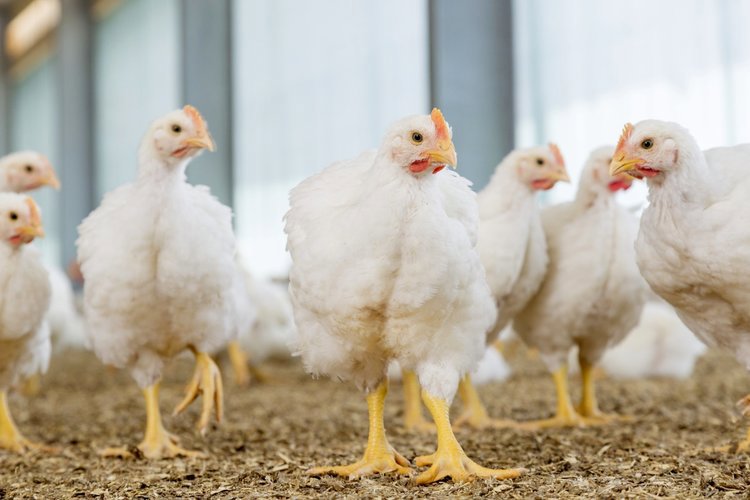
Antibiyotik kullanımının sınırlandırılması, antibiyotiklerin broyler ve insan sağlığını desteklemek için gerekli olduğu durumlarda etkin kalmalarını sağlar. Bu konunun önemi; ilişkili riskler konusunda artan farkındalığın bir sonucu olarak, antibiyotik içermeyen üretime talebin artmasıyla daha da pekişmektedir.